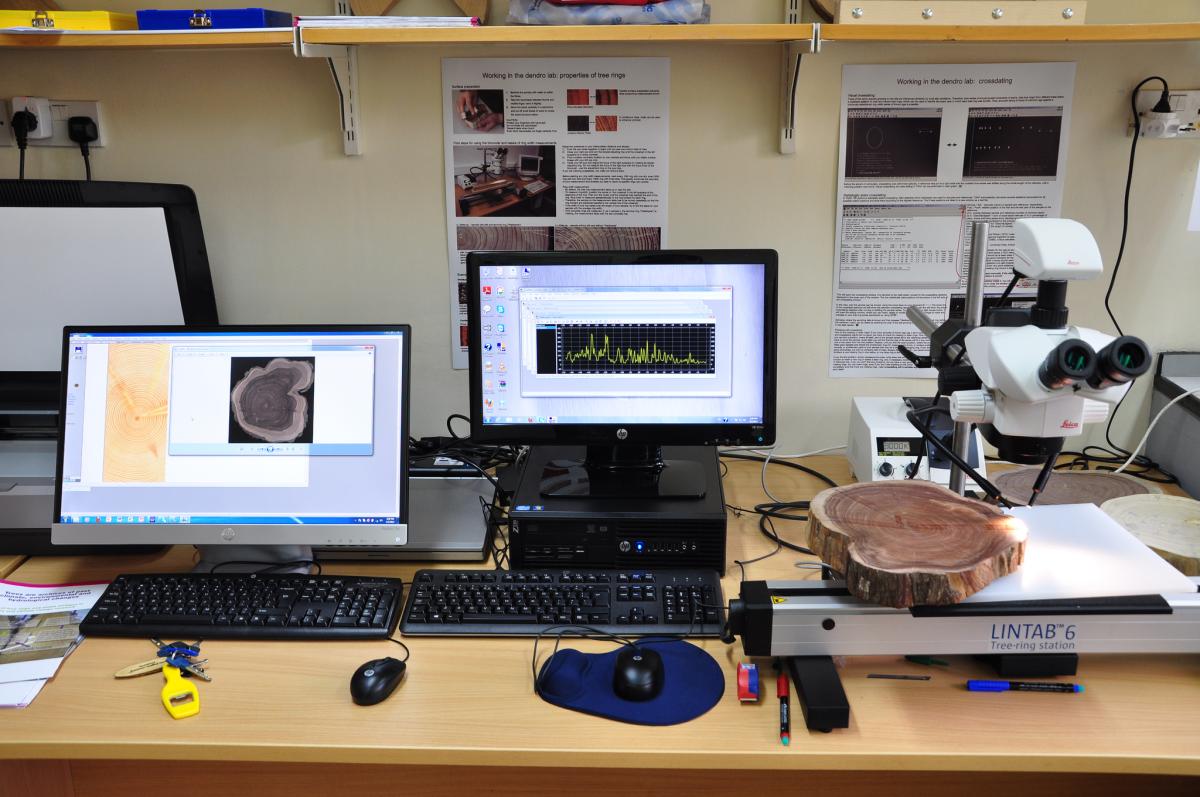Can 365 Years of Climate History Help Prevent Crises in East Africa?

As originally posted on worldagroforestry.org blog
For a long time, a majority of African countries have not been proactively mitigating the negative impact of drought and flood events. As a result, relief initiatives are often too late to stem the loss of lives and other social and economic impacts. To address this challenge, and assessing tree-based data from 1665 through 2014, scientists developed the TANA chronology, a historic dataset named after Lake Tana, the source of the Blue Nile River running through Ethiopia.
Scientists studying tree ring history to establish climate patterns – a practice known as dendrochronology – scrutinized 365 years of East Africa’s climate history to better anticipate and plan for the climactic challenges facing the region. Their research is compiled from 36 individual tree ring series of the Juniperus procera (African pencil cedar) species, which were then accurately cross-dated from four study sites in the upper Blue Nile River Catchment in Northern Ethiopia.
The study is the longest tree-ring data series ever produced for the Greater Horn of Africa and the availability of the data and information found in the TANA chronology can inform the development of long-term prevention and adaptive strategies to avert climate- and drought-related humanitarian crises. The data also contribute to achieving development priorities in the region, as outlined in multiple Sustainable Development Goals (SDGs).

